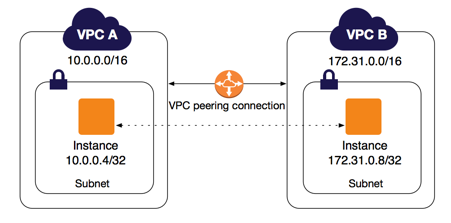Spark for machine learning
The two reasons why PySpark is useful for data scientists are: it enables scalable analysis, ML pipelines. It is also easy to work with because of its familiarities with Scikit-learn and Pandas. The main drawback of Scikit-learn and Pandas when building predictive models is that Scikit-learn doesn’t scale to large datasets in a distributed environment (no task parallelisation). Spark can be used for scalable machine learning, and SparkML aims to do in a distributed way all the possible algorithms of Scikit-learn.
Some reminders…
-
spark = SparkSession.builder.appName(‘spark test’).getOrCreate() to build a Spark session.
-
df = spark.read.load(path, header…) allows to load data and Spark finds itself the data type. And for instance, to load a CSV file, you may especially use the spark.read.csv() method
-
df_table = df.registerTemplate(‘table_name’) allows to create a database table to save data from a dataframe, and it is now possible to do SQL queries using spark_sql.sql(SELECT * FROM table_name), where spark_sql = SQLContext(spark) is a created Spark SQLContext.
-
To convert a PySpark dataframe into a Pandas one, you can use the toPandas() method. Be careful when using it because all data are loaded into memory on the driver node and prevents operations from being performed in a distributed mode
df_pandas = df_spark.select('*').toPandas()
Here all the dataframe columns have been saved.
Some tricks…
-
MLlib has many features and functions: basic statistics (hypothesis tests, correlation, random generators…), multidimensional exploration (unsupervised classification, dimensionality reduction…), learning linear methods (SVM, gradient boosting, regression…)
-
The different datatypes in MLlib are DataFrame and RDD (natively), Vector (Dense, and Sparse that stores only the non-zero elements), LabeledPoint (for example, the label is given and followed by a list of all the features values), Local matrix and Distributed matrix (only in Java and Scala)
-
Machine learning algorithms are found in pyspark.mllib.regresion, pyspark.mllib.classification and pyspark.mllib.clustering
-
When working with supervised algorithms, MLlib expects a column of features. So, before the training of your algorithm in MLlib, you need to create a vector representation of the features that you’ll use, as in the following:
from pyspark.ml.feature import VectorAssembler
assembler = VectorAssembler(inputCols=['col1', 'col2', 'col3'],
outputCol='features')
train_df = assembler.transform(df)
- It is easy to make predictions on a test set:
pipeline = Pipeline(stages=[vector_assembler, classifier])
model = pipeline.fit(train)
predictions = model.transform(test)
- You can combine multiple algorithms (transformers and an estimator) into a single pipeline with SparkML





Leave a comment